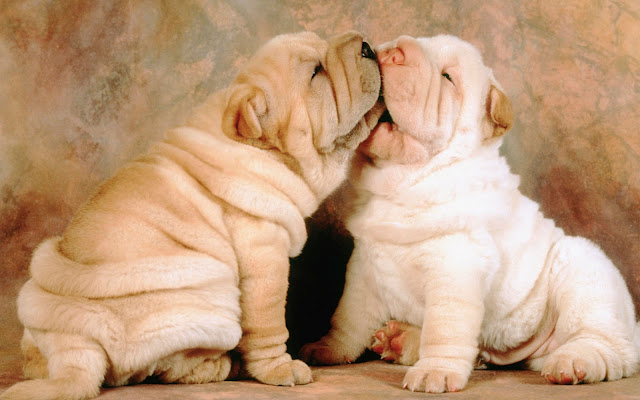Fast Facts
Group classification: Herding Country of origin: Scotland Date of origin: 19th century
Weight (M): 60 - 75 lb Height (M): 24 - 26" Life expectancy: 9 - 12 years
Weight (F): 50 - 65 lb Height (F): 22 - 24"
1.General Description of the Collie
Lithe and agile, the Collie is a dog of effortless grace. The head is light and wedge shaped, with a slight stop and flat skull. Small ears are carried semi-erect when alert, with the top portion tipping forward. Eyes are dark, medium sized and almond shaped with an expression of intelligence and curiosity, and are not prominent on the head. The neck is long and arched, accentuating the frill, and the body is muscular and athletic. Feet are small and oval shaped. The tail is long and carried low. The Collie’s coat may be either rough or smooth, with the rough being more common. The rough outer coat is harsh and abundant everywhere except on the legs and head; the undercoat is furry, soft and thick. Smooth Collies have a short and dense outer coat with abundant undercoat. Coloring can be sable and white, blue merle, tri-color, or white; white Collies typically have tan shading or other markings.
2.Collie Temperament
The Collie has made the transition from rugged working dog to sweet house pet and companion with the characteristic grace it is renowned for. Collies are playful yet gentle, and display an exceptional kindness toward children. This dog is friendly toward strangers, pets and other dogs, and almost never displays aggression. Collies thrive on human contact, and can become depressed or lonely if left alone without the company of people or other dogs. This breed is also known to exhibit “furry shadow syndrome,” and loves to follow you around this house, no matter how mundane your tasks may be. Highly vocal, this dog is a superb watchdog, and is also able to provide a modest amount of personal protection. Collies may nip at the heels of children while playing.
3.Caring for a Collie
The Collie needs a lot of exercise, and should have a long walk every day at the minimum. If possible, allow your Collie a chance to herd, as this is by far its favorite exercise. While physically capable of living outdoors, the Collie should nonetheless be an inside dog with access to a yard, since family contact is so important. Grooming requirements for the smooth Collie are minimal, but the more common rough Collie needs to be brushed at least twice a week, and may need professional grooming performed every few months. A generally healthy breed, the Collie may develop Collie eye anomaly, bloat (gastric torsion), progressive retinal atrophy, demodicosis and dermatomyositis.


































































